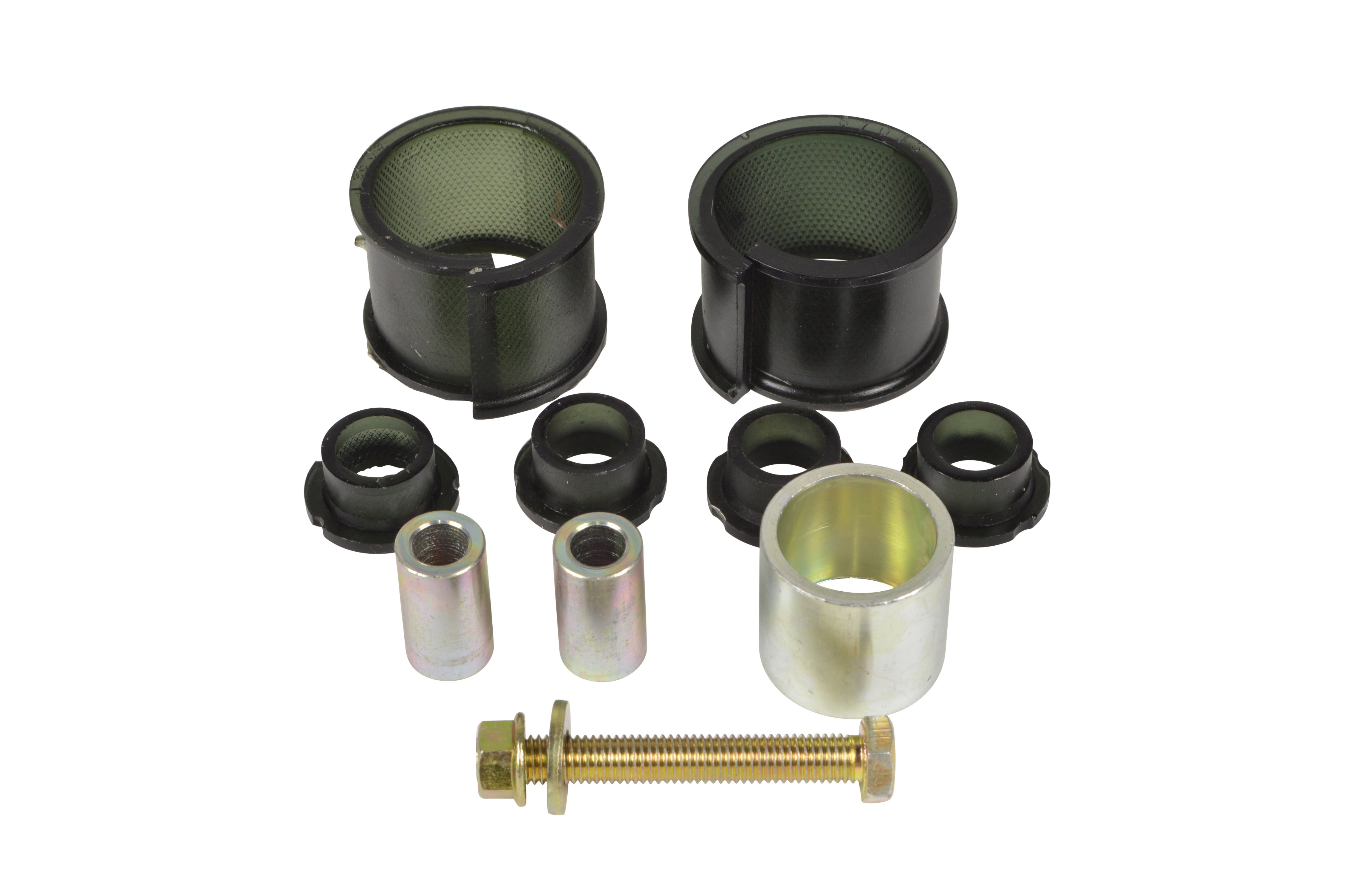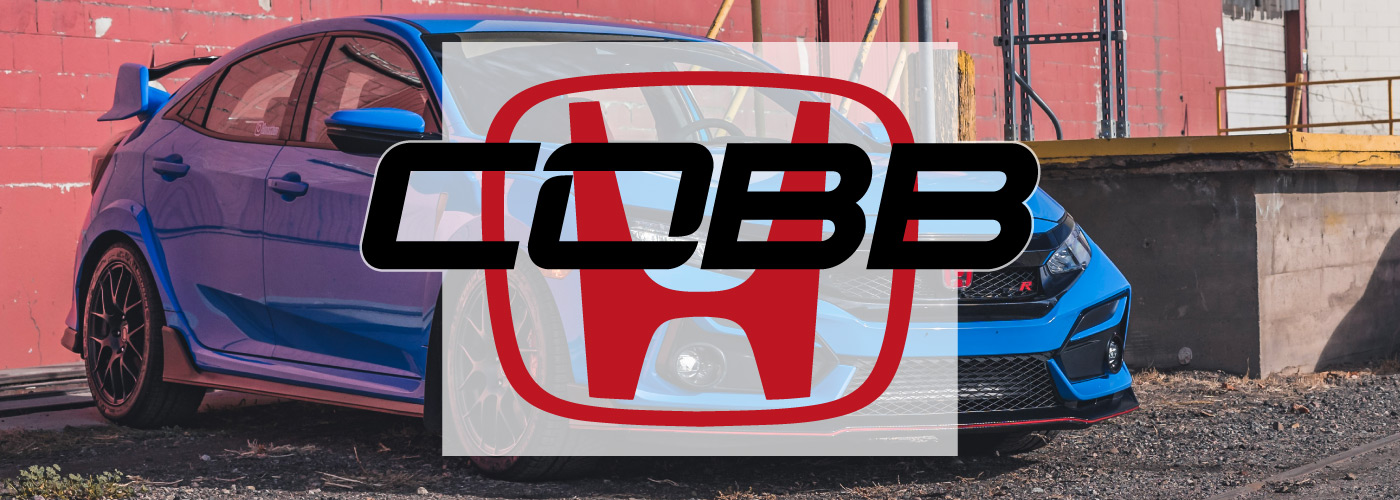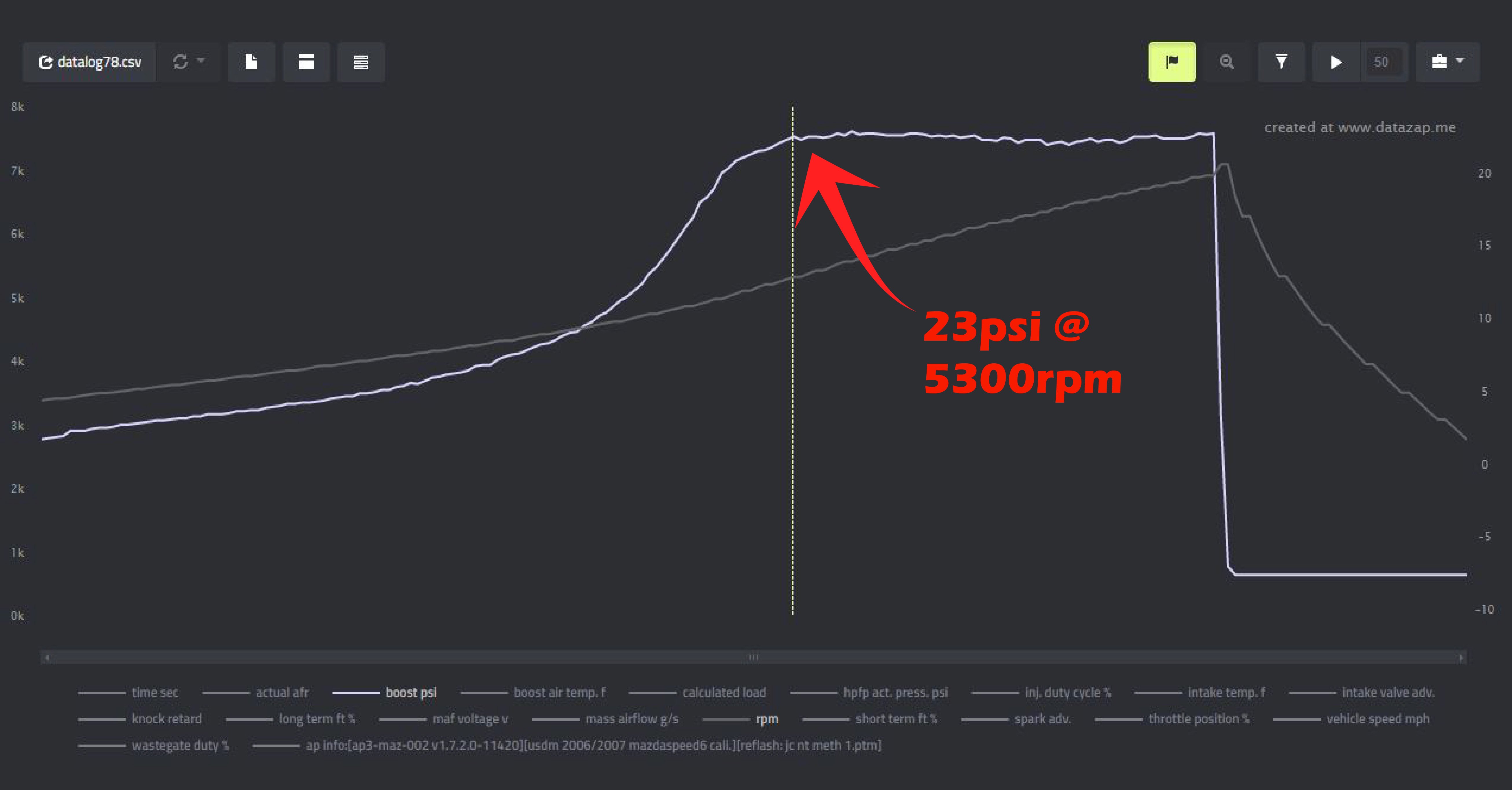
A car's chassis has bushings, a lot of bushings. Bushings come in various shapes and sizes and are all designed to allow a certain amount of movement among the different suspension and chassis components in any given car. Based on how the manufacturer intends the car to perform, these bushings are given a certain amount of hardness and flexibility to retain certain functionality somewhere in between comfortable and high performing. Unfortunately, 99% of people that drive cars on the road today enjoy a comfortable ride. This means that the bushings are soft and very flexible. I also enjoy a comfortable ride.....when I'm trying to sleep in the back seat on a road trip. Outside of that, give me performance and only performance. Most of our customers feel the same way or at least somewhere close to that.
Analogous to the human body, the bushings act like our cartilage. Picture control arms, sway bars, camber arms, trailing arms, etc. as the "bones" of the car. They are the main structural support system and the entire weight of the car eventually rests on these support structures. Just like in the body, there has to be cartilage in between all these bones in order to absorb impact, prevent blunt force from breaking the support structure, lubricate the components as they rotate, and move along the surfaces of each other. Bushings perform this job on a vehicle.
Take a look at one of our recent projects. This is a 1989 BMW 325i that we're swapping a 1998 M3 S52 engine into. Since it's an older car, many of the bushings will need replacement.
 |
| A couple bushings to note here are the bushings in the LCA and one of the motor mounts. |
 |
 |
| The rear features many bushings including the lower shock mount and the rear differential housing bushing where it mounts to the chassis. |
Here you can see the end link bushings for the sway bar, the trailing arm bushings, and the subframe bushing for the left side. |
From the factory, you can drive a car off the showroom floor and enjoy a mostly quiet, comfortable ride. The bushings that buffer the suspension components absorb what is often referred to as NVH, or noise, vibration, and harshness. When a car approaches a bump in the road, the suspension components move and sometimes move so quickly and with such impact that the force causes the bushings to deflect or move significantly. If the bushing is soft, like most factory bushings, it is able to absorb this bump without causing a lot of noise and harshness. However, with this comfortable level of stiffness comes performance drawbacks.
When cornering hard, hitting a bump at speed, or accelerating hard, the more movement the chassis has (deflection), the less the power is going to be transferred through the chassis to the tires and the less the tire has the ability to use it's limited contact patch effectively. Getting to the point, the stiffer the bushings are on your car, the better the car will handle, transfer power to the ground, and make better use of the tires it has on it.
Bushings have a certain durometer. Durometer is a measurement of how stiff the bushing is. Different materials have limits on the durometer scale that allow it to be stiffer or softer than other materials. Rubber is almost always exclusively used as a factory equipped bushing. It's soft but it's durable and lasts a long time, relatively speaking. Polyurethane bushings are popular in the aftermarket and performance world for their level of flexibility and durability, but also because their range of stiffness is larger than that of rubber. You can actually get a polyurethane bushing to be close to the stiffness of a stock bushing, if not the same. However, using a full bushing without voids will often yield better results than using a segmented or voided bushing, like some factory versions. With polyurethane, you can customize the stiffness of the chassis that you desire and the material is relatively inexpensive with an off-the-shelf kit.
Powerflex has a great bushing stiffness scale for reference. They have 3 bushing offerings for various parts of the car. Claiming that their 70A bushings are about 25% stiffer than stock would indicate that the stock bushings have about a 56A rating. When comparing aftermarket mounts, this isn't too much lower on the scale than many available aftermarket bushings. As you can see though, the scale continues to rise with the use of polyurethane. The biggest difference is that many aftermarket bushings are SOLID, not segmented. Even with the same durometer level, this prevents movement over the segmented version.
In both of our last project cars, we've used JBR engine mounts and cp-e engine mounts. A combination of 70A duro side mounts and 75A duro rear mounts have been used in both. They provide an absolutely noticeable reduction of engine movement. Without question they are noisier and display more vibration, especially when it comes to the side engine mounts. But that's not really what we're concerned with in the long run. Putting 400whp+ in each car has required us to address the movement of the engine which gets much more aggressive with this power level. The noise isn't too intense for us but we can't imagine going to a stiffer bushing on a street driven car when it has provided this much stiffer feel than stock already. In all honesty, we sort of enjoy hearing more of the car as it provides us with an audible feedback of what the car is doing. This is often excused by the trendy "because race car" effect. After our experiences, we'll confidently recommend 70A durometer bushings, or something close to that, for any street driven performance car. For the track, the stiffer the better. Decide on your compromise level and select your bushings based on that. Anything stiffer than stock is better and usually, significantly better.
When shopping for the right bushings, consider the scale of the bushing rating, as well. For example, a bushing rating of 50 on the "D" scale is actually significantly stiffer than a 70 rating on the "A" scale. Make sure you take this into consideration. Most automotive bushings are rated on the A scale but it never hurts to make certain what you're looking into. Here is the durometer scale from Powerflex referred to earlier.

I'm the founder of Edge Autosport and I remember first getting into cars in high school. I read all the magazines, bought a bunch of technical books, and finally got to start wrenching around the age of 19. I really enjoy modding and being able to live out a passion is truly awesome. I wouldn't change a thing.
Topics:



